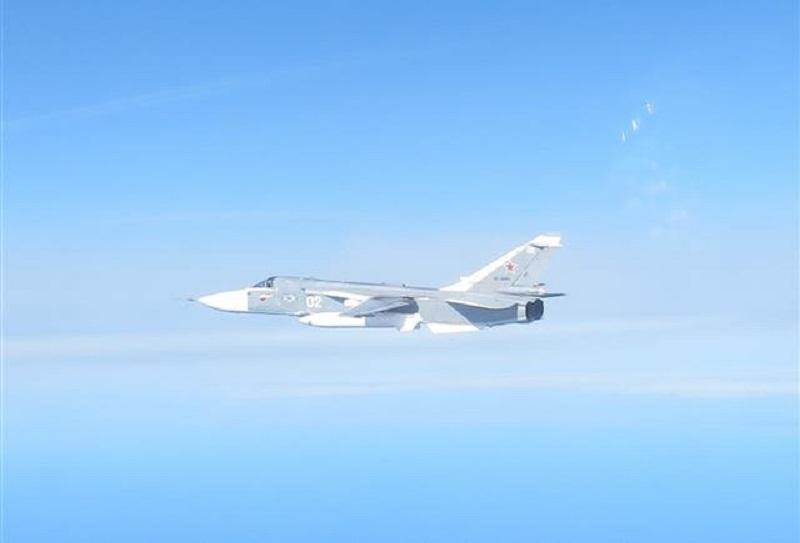NATO fighter jets stationed around the Baltic and Black Seas have scrambled multiple times over the past four days to track and intercept Russian aircraft near Alliance airspace. This routine collective response demonstrates NATO’s readiness, vigilance and responsiveness. NATO radars tracked a number of unidentified aircraft over the Baltic and Black Seas since April 26. In response, NATO’s Combined Air Operations Centres (CAOC) at Uedem, Germany and Torrejón, Spain launched Allied fighter aircraft in their respective regions to intercept and identify the approaching aircraft.

“Allies deployed from the North to the South of Europe remain unified in support of the NATO Air Policing mission. The quick response of NATO’s two CAOCs, demonstrates NATO forces’ readiness and capability to guard Allied skies 24 hours a day, 7 days a week, 365 days a year,” said Major General Jörg Lebert, Chief of Staff, Allied Air Command.
Quick Reaction Alert (QRA) fighters from Poland, Denmark, France and Spain have been airborne at different times in the Baltic Sea Region since Tuesday to safeguard Allied airspace. In the Black Sea region QRA aircraft from Romania and the UK were scrambled to investigate unknown tracks approaching Allied airspace.

Russian military aircraft often do not transmit a transponder code indicating their position and altitude, do not file a flight plan, or do not communicate with air traffic controllers, posing a potential risk to civilian airliners. The Russian aircraft intercepted never entered Alliance airspace, and the interceptions were conducted in a safe and routine manner. NATO fighter jets are on duty around the clock, ready to scramble in case of suspicious or unannounced flights near the airspace of our Allies. Air policing is an important way in which NATO provides security for its members.















